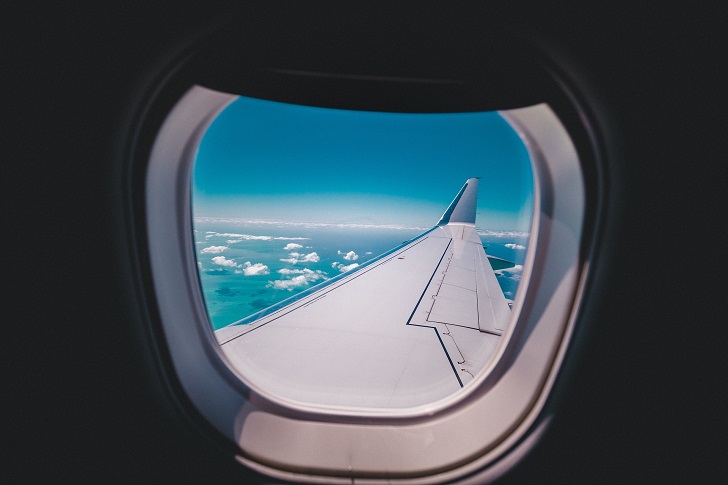Ever wondered why commercial airplanes have round windows, when almost all other windows in our daily lives are squares, and with edges? Most commercial buildings have windows that are either square or rectangular in shape, and it is extremely rare to see a round window in a building structure, be it commercial or residential. Then why do airplanes have round windows?

N4TX/Pixabay.We bet you have never seen a square window on an airplane ever. Did you think why?
Have you ever seen a square window in a jetliner or an airplane? How bizarre would it be to see a square window on an airplane? But when the airplanes were first invented, our ancestors thought it was appropriate to use square windows in these nascent traveling sources. What harm could it possibly do? After all, we are so used to seeing square windows everywhere, so why not on an airplane?
As it turned out, the centuries-old square design couldn’t work well on a novel invention. A series of unfortunate accidents on airplanes initiated an inquiry of the airplane design and structure. As the sizes of commercial planes got bigger, entire planes were disintegrated and this caused a panic in the aviation industry, with the root cause of the disintegration of entire flights coming into question. Research would later reveal that the cause of these mishaps was indeed the square windows.

arthaximmo/Pixabay. Two aircraft disintegrated mid-air due to square windows in the 1950s.
Two planes, the de Havilland Comets, disintegrated mid-flight in 1953 and 1954, and the cause of both of these incidents was found to be the sharp edges of the square windows.
According to design engineers, as the size of commercial planes increased, and the flights reached greater heights and had to go through increased atmospheric pressure, the square windows couldn’t take the pressure of such altitudes and thus broke apart.
These naturally-occurring weak spots in the square windows, called ‘metal fatigue failure’ could not bear the stress and were further weakened by high pressure, before being completely disintegrated.
On the other hand, round windows distribute the high pressure equally, as they do not have any corners where the pressure could build up exponentially, flight after flight. Circular shapes are also stronger and can withstand more pressure than shapes with corners.

StockSnap/Pixabay. There are many layers of acrylic present in the aircraft windows to withstand high pressure.
You may also have noticed the presence of many layers of acrylic, and not glass, on these round airplane windows. These acrylic layers provide additional safety from harsh weather conditions. A tiny hole at the bottom, called the ‘bleed hole’, provides further protection by keeping the pressure constant as it allows the air to pass through the multiple layers of the windows.

